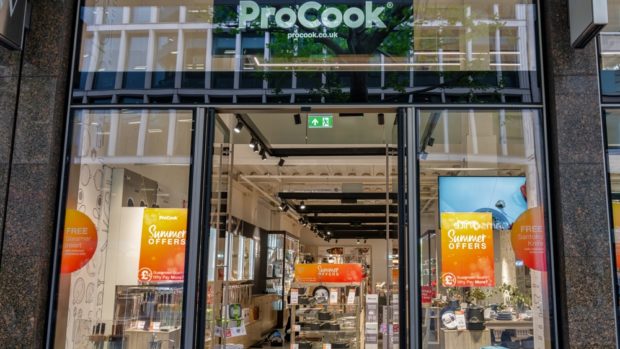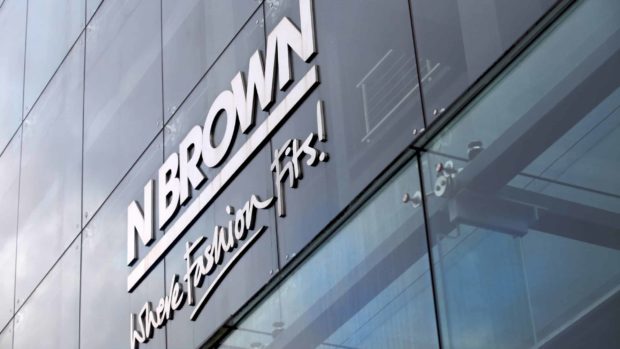
With Amazon bringing its expertise in running an incredibly efficient eCommerce business to the retail sector through the acquisition of Whole Foods, traditional brick-and-mortar retailers must accelerate their adoption of advanced technologies to retain market share and stay competitive. Retailers should use these technologies to unlock the full value of their data by automating time-consuming manual processes. This will enable them to devote more resources to offering their customers the very best shopping experience, thus maintaining brand loyalty and thriving in an increasingly competitive market.
Since Amazon acquired Whole Foods for $13.7 billion in 2017, the high-end supermarket has transformed radically under its control, increasing its broader market appeal. Adding the grocery element of the retail landscape to Amazon’s on-going disruption of the sector has only increased the need for traditional retailers to adopt new technologies to help them in the battle for customer loyalty.
While traditional brick-and-mortar retailers have already recognised the need to compete with the innovations that disruptors like Amazon are implementing, they do not always have the structure and processes in place to adopt the best solutions. Traditional retailers cannot continue operating the way they always have, and those that adopt a more agile, responsive and data-focused approach will be able to deploy the innovative services that customers now expect, putting themselves in a stronger position to succeed in a changing retail market.
There is still a clear appetite for physical stores, as evidenced by JDA’s just-launched Global Consumer Survey, which found that 50 per cent of UK shoppers prefer the in-store experience to any other. However, it is equally apparent that while consumers may not expect ‘brick and mortar’ retailers to match Amazon’s levels of convenience, they do expect them to do the basic fundamentals of retail properly. According to JDA’s research, the most important aspect of the shopping experience for almost half (47 per cent) of UK consumers is product availability.
While consumers’ shopping habits are less predictable than ever before, retailers have access to vast reams of data, including past sales patterns and customer footfall, and external information such as the weather and public holidays. By understanding and analyzing this data with technologies such as artificial intelligence (AI), retailers can extract actionable insights and value from to help them better understand consumer demand and buying preferences to deliver the very best customer experience.
But advanced AI and machine learning solutions can go beyond making predictions and providing insight. They can deliver better replenishment and pricing decisions to retailers, based on accurate real-time data, automating these processes to eliminate the burden of manual intervention. This enables retailers to devote more of their resources to improving the customer experience.
Traditional retailers need to see themselves as distributors, moving away from outdated processes that they have used for decades and looking for new technologies to transform their businesses. If grocery retailers are to compete with online giants such as Amazon, they will need to radically adjust their approach to technology and data. Retailers need to begin thinking of data not only as one of their most important assets, but also as the key that can enable them to build better relationships with their customers, optimize their supply chains and pricing, and compete against online competitors.
by Uwe Weiss, CEO, Blue Yonder








Share